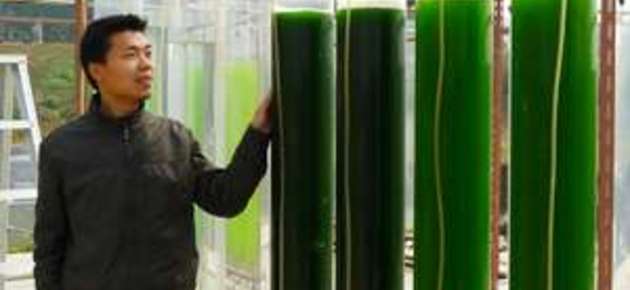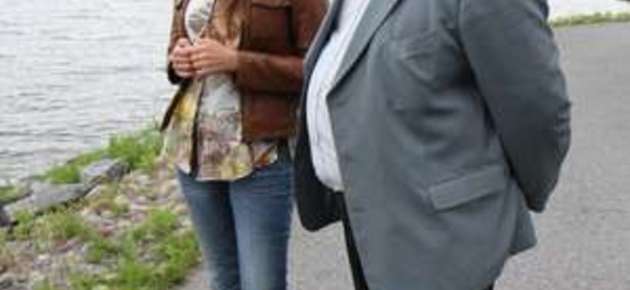Energy and wastewater treatment solutions from algae



Algae cultivation generates a biomass that is suitable for energy production and as fertiliser or landscaping material. If clean source materials are used, algae can also be produced as nutrients or medicinal ingredients.
From the University of Vaasa, the participants in the multidisciplinary algae research project are: Erkki Hiltunen, Director of Research at Vaasa Energy Institute; Liandong Zhu, researcher at the Energy Technology Department; and Petra Berg, PhD student at the Marketing Department.
– Algae have a wide range of applications, including various cultivation methods, algae collection methods and refining of the generated biomass into different forms of energy. In order for algae production to be profitable, the cost efficiency and earnings logic of different options must also be studied, says Erkki Hiltunen.
The aim of the Nordic cooperation project is to study various species of algae and whether their cultivation is suitable for Nordic conditions and different purposes.
– Here at the University of Vaasa, we study the profitability of algae cultivation, i.e. which species best produces biomass and then bioenergy (e.g., biogas, bioethanol and biodiesel) for large-scale use, says Petra Berg.
Growing algae clean wastewater
Researcher Liangdong Zhu studied algae cultivation for her doctoral thesis. She utilised diluted wastewater from piggeries to grow the microalga Chlorella zofingiensis. Oil-containing microalgae can be used to produce biodiesel. At the same time, they also clean wastewater.
– My previous research in China, my home country, and my doctoral thesis in Finland provide a sound basis for the project about to be launched. Sewage sludge mobility and methane production can be enhanced by adding algae. Algae cultivation costs can be reduced by utilising the nutrients contained in sewage water. Growing algae can remove up to 84–92 per cent of nitrogen and 59–74 per cent of phosphorus, says Liandong Zhu.
Pått and Stormossen as stakeholder partners
The cultivation of algae in wastewater implements the principles of sustainable development, especially in terms of water use.
– Our stakeholder partners in the research are the Pått wastewater treatment plant in the Palosaari district in Vaasa and Stormossen, a waste management company, says Berg.
The future vision is to use microalgae to treat sludge in the wastewater ponds of the Pått wastewater treatment plant. Oil-containing algae also increase waste mass mobility. This means that, in the future, it might be possible to transfer the waste mass from the wastewater treatment plant to Stormossen's waste centre through a new pipe more efficiently and at lower costs.
– Water treatment would be even more efficient in Vaasa in the future, and the method might also be better at reducing smell. After completion of the pipe, above-ground transport would no longer be necessary, states Berg.
With the aim of creating a network for the algae industry
In addition to the University of Vaasa, the other partners in the three-year project are: Novia University of Applied Sciences from Finland; Swedish University of Agricultural Sciences (Umeå), Mid Sweden University (Sundsvall), Nattviken Invest AB and Biofuel Region Bfr AB from Sweden; and Norwegian Institute of Bioeconomy Research (NIBIO) from Norway.
A network for algae industry stakeholders will also be created during the project. The companies of the Nordic cooperation network will be small and medium-sized, such as wastewater treatment plants, biogas producers, dairy farms, power plants, and pulp and paper industry plants.
The TransAlgae project has received funding from the EU's Botnia-Atlantica programme. Project funding totals EUR 2.2 million, with Vaasa Energy Institute's and the University of Vaasa's shares being slightly less than EUR 700.000 and over EUR 250,000, respectively.